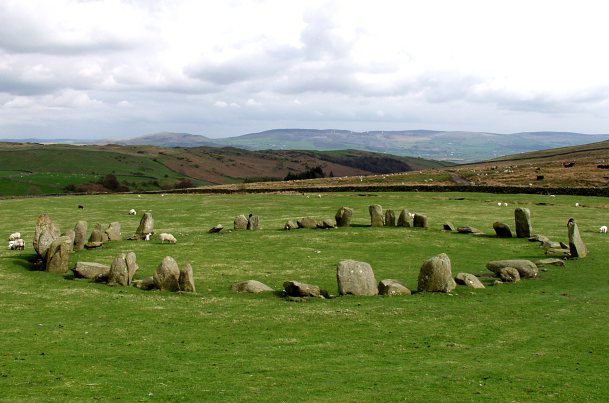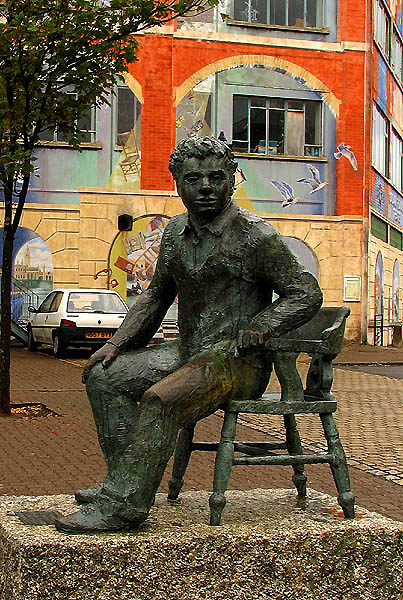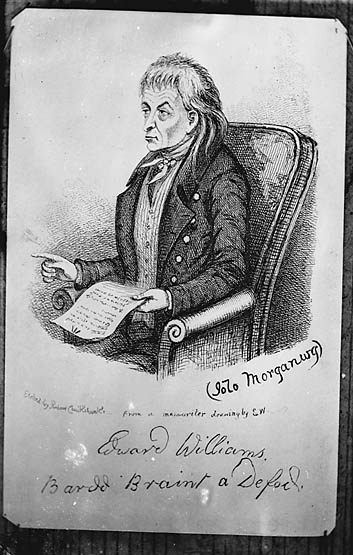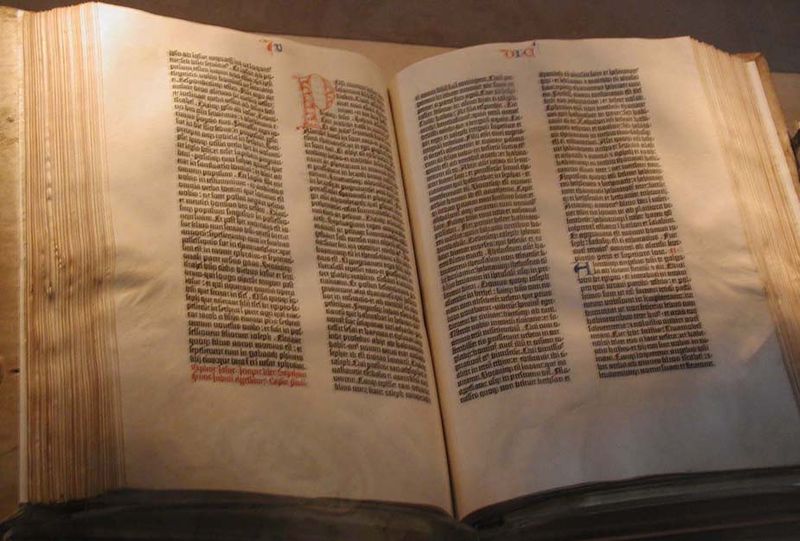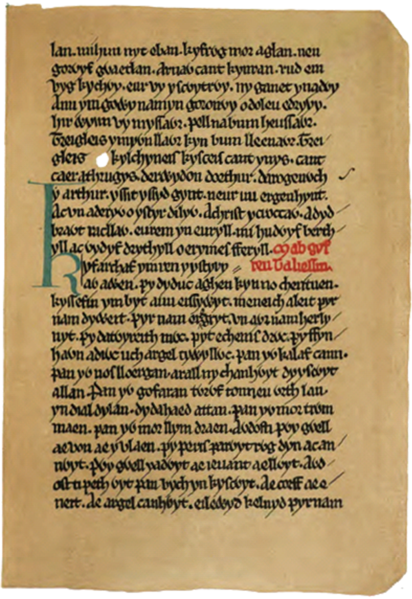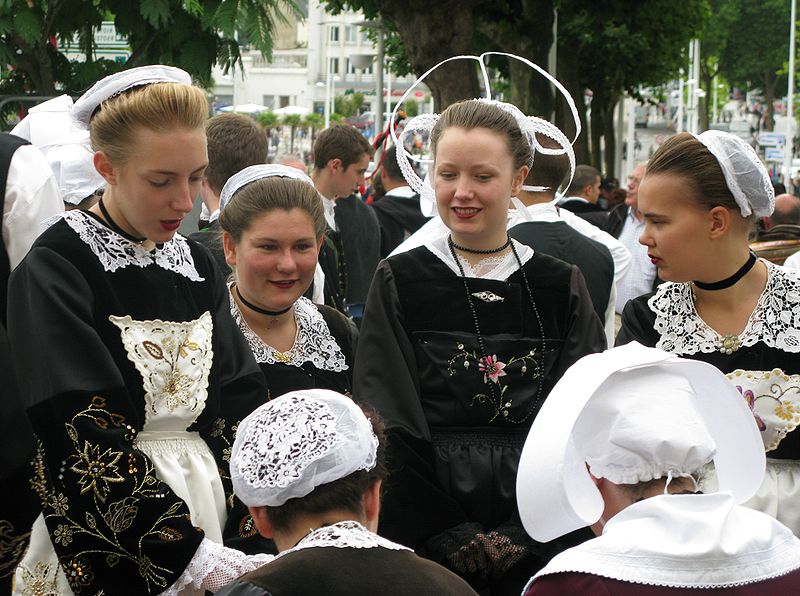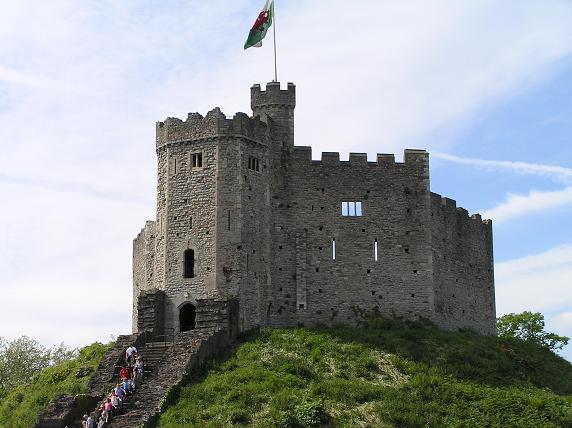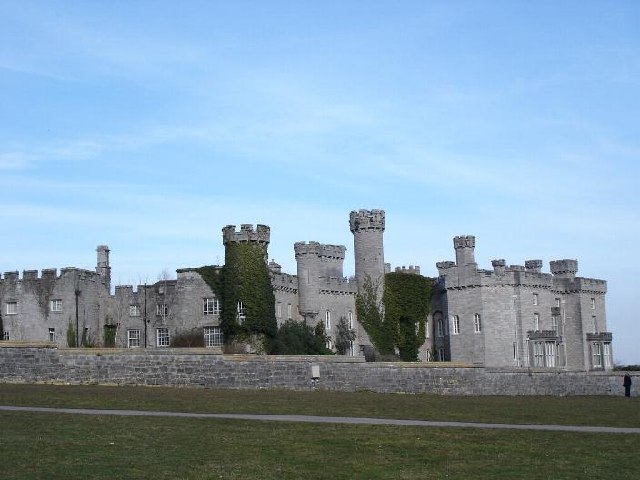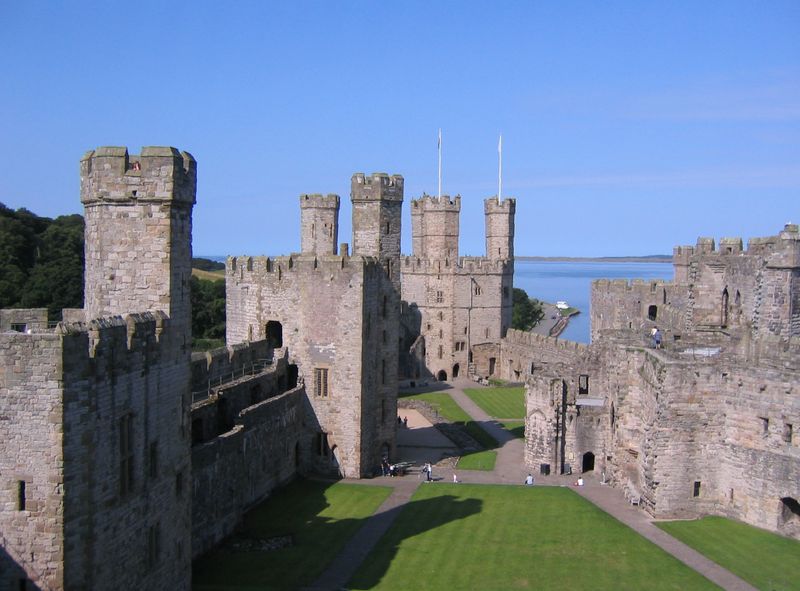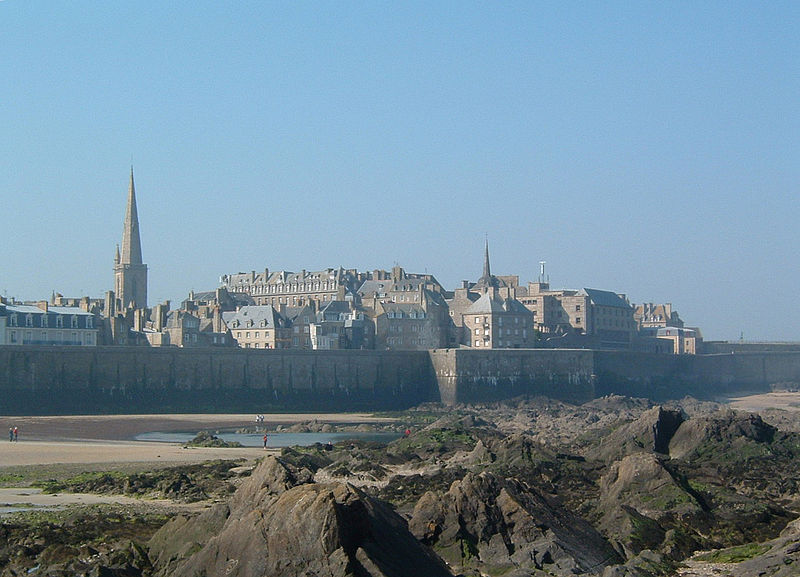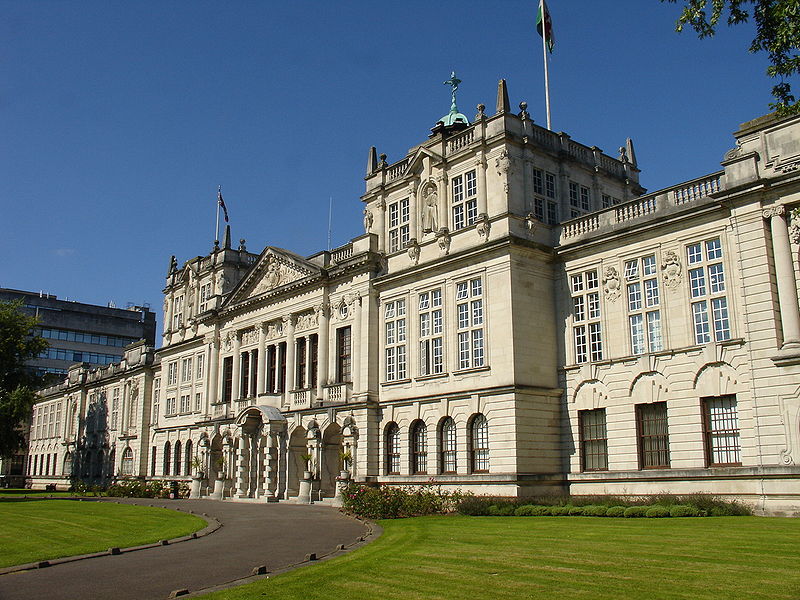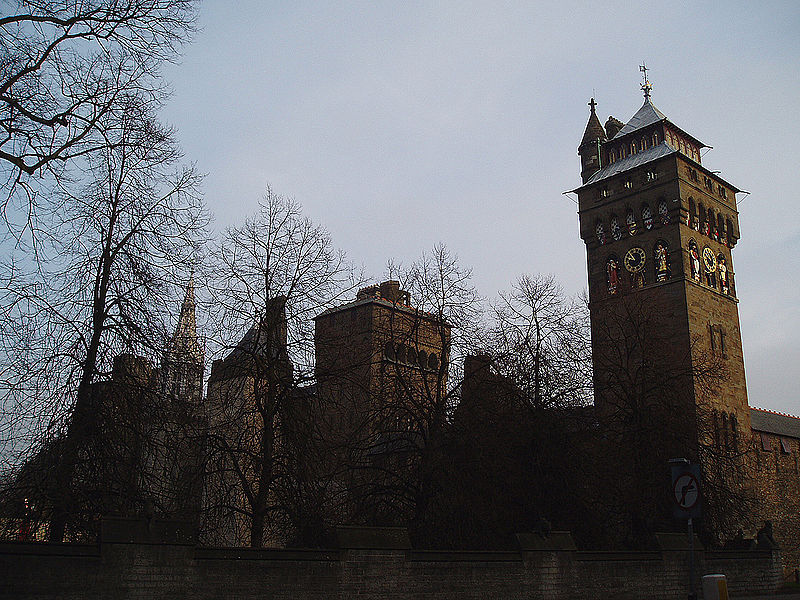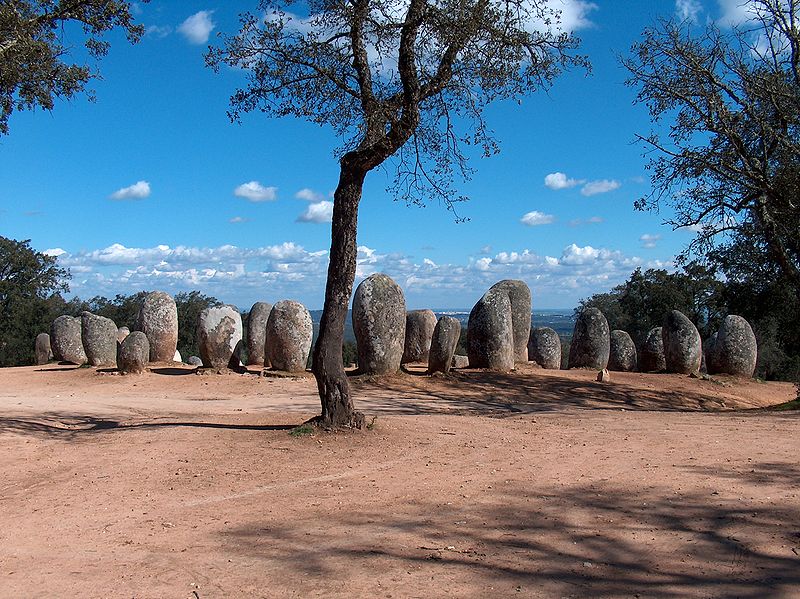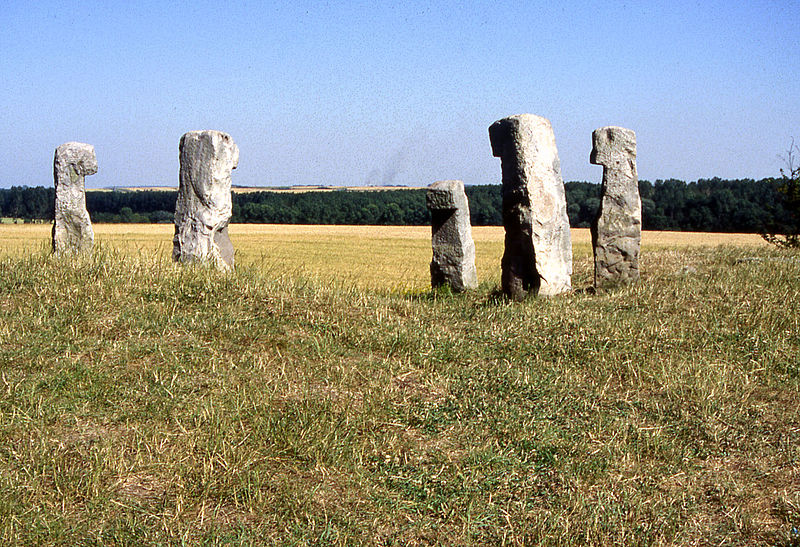“GALES”-Cultura. Literatura. Arquitectura
ESPAÑOL INGLÉS
Traducción:
PALABRA Ó FRASE Nº 0.601
‘LOCALIZAR’ / verbo
1 (encontrar) TO LOCATE, TO FIND [pt. & pp. found]: los niños tenían que localizar Bosnia en un mapa,
the children had to find Bosnia on a map.
2 (ponerse en contacto) TO REACH,TO GET HOLD OF: no lograba localizar a su padre, he couldn’t get hold of his father.
Cultura
Gales tiene una cultura distintiva que incluye su propia lengua, costumbres, días de fiesta y música.
Su principal símbolo es el dragón galés rojo. Otros emblemas nacionales son el puerro y el narciso. Las palabras galesas para ambas plantas son muy parecidas,16 lo que se presta a múltiples confusiones.
Literatura
La literatura de Gales se ha escrito en galés, latín e inglés. Sus orígenes se remontan hasta la Edad Media, en torno al siglo VI. La primera obra digna de mención es la Historia Brittonum, en cuyas páginas ya se nombra a figuras de la tradición épica como Taliesin y Aneirin, respectivamente autores de Llyfr Taliesin y de Y Gododdin.
A comienzos del siglo XIV se desarrolló el la forma métrica cywydd, que se convertiría en la más importante de la poesía tradicional galesa. La principal obra de la incipiente tradición es la de Geoffrey de Monmouth, quien en su Historia Regum Britanniae reseña las vidas de los reyes de los bretones, comenzando con los troyanos para terminar con la toma de Bretaña por parte de los anglosajones en el siglo VII. La obra fue compuesta en los años 1130.
Entre los escritores galeses en latín destaca el historiador Giraldus Cambrensis. Por su parte, el primer libro escrito completamente en galés es el Libro negro de Carmarthen, en los años 1250, siendo a su vez el Mabinogion la colección más importante de relatos medievales locales.
En 1588, William Morgan tradujo y publicó la Biblia en galés, favoreciendo la difusión tanto de la lengua como de la literatura galesa. Durante los siglos XVI y XVII se aprecian asimismo las primeras manifestaciones de una literatura anglo-galesa, en inglés, en las obras de Henry Vaughan y de George Herbert.
En el siglo XVIII las actividades de personalidades como el masón e historiador Iolo Morganwg contribuyen a la recuperación del Eisteddfod. De esta época cabe mencionar Visiones del bardo durmiente (Gweledigaetheu y Bardd Cwsc) de Ellis Wynne, una obra clásica de la literatura en lengua galesa publicada en 1703.
A finales del siglo XIX y principios del XX, la literatura comenzó a reflejar la utilización política de la lengua, en lo cual destacaron el líder del nacionalismo galés, Saunders Lewis, y la escritora Kate Roberts.
La industrialización del sur de Gales a partir del siglo XIX provocó una ola de inmigración de hablantes de inglés hacia esa zona, lo que contribuyó a la aparición de una literatura anglo-galesa. Entre los autores más destacados de esta vertiente de la literatura galesa se encuentran Arthur Machen, Lewis Jones, Richard Llewellyn y Dylan Thomas, autor de Bajo el bosque lácteo.
Arquitectura
Gales cuenta con una gran riqueza arquitectónica. En épocas prehistóricas sus habitantes construyeron cromlechs, como los de Pentre Ifan, Bryn Celli Ddu y Parc Cwm long cairn.
Entre sus construcciones, destacan los castillos medievales de Beaumaris, Bodelwyddan, Bodelwyddan, Cardiff, Coch, Caernarfon, Conwy, Dinefwr, Harlech, Pembroke, Rojo y Powis.
Dentro de sus templos religiosos se encuentran las catedrales anglicanas de Bangor, Brecon, Llandaff, Newport, San David y San Asaph, así como las católicas de Wrexham y Metropolitana de Cardiff.
Otras construcciones de valor en la capital son el Museo y Galería Nacional, la Universidad, la Alcaldía, los estadios Millenium y Arms Park, los edificios antiguo y moderno de la Asamblea Nacional de Gales, el centro de artes escénicas Centro del Milenio de Gales, la sala de conciertos St.David’s Hall, o la moderna Biblioteca Central, inaugurada en marzo de 2009.
=================================================En Inglés========================================================
Culture
Wales has a distinctive culture including its own language, customs, holidays and music.
Its main symbol is the Welsh dragon red. Other national emblems include the leek and daffodil . The Welsh words for both plants are very similar, which lends itself to multiple confusions.
Literature
Welsh literature has been written in Welsh, Latin and English. Its origins date back to the Middle Ages , around the sixth century . The first noteworthy work is the Historia Brittonum , whose pages and figures of tradition refers epic as Taliesin and Aneirin , respectively authors Llyfr Taliesin and Y Gododdin .
In the early fourteenth century the form was developed metric cywydd , which became the most important of the traditional Welsh poetry. The main work of the emerging tradition is that of Geoffrey of Monmouth , who in his History Regum Britanniae review the lives of the kings of the Britons, beginning with the Trojans to finish with taking Britain by the Anglo-Saxons in the seventh century . The work was composed in the 1130s .
Among the highlights Latin writers Welsh historian Giraldus Cambrensis . Meanwhile, the first book written entirely in Welsh is the black Book of Carmarthen , in the 1250s , which at the time the Mabinogion the most important collection of medieval local stories.
In 1588 , William Morgan translated and published the Bible in Welsh, favoring the spread of both the language and the Welsh literature. Over the centuries XVI and XVII will also appreciate the first signs of an Anglo-Welsh literature in English, in the works of Henry Vaughan and George Herbert .
In the eighteenth century the activities of people like the Freemason and historian Iolo Morganwg contribute to the recovery of the Eisteddfod . From this period include Visions of the Sleeping Bard (Gweledigaetheu and Bardd CWSC) of Ellis Wynne , a classic work of literature published in Welsh in 1703 .
In the late nineteenth century and early twentieth , literature began to reflect the political use of language, in which the leader highlighted Welsh nationalism , Saunders Lewis , and writer Kate Roberts .
The industrialization of south Wales from the nineteenth century caused a wave of immigration of English speakers into the area, contributing to the emergence of an Anglo-Welsh literature. Among the most prominent authors of this aspect of Welsh literature are Arthur Machen , Lewis Jones , Richard Llewellyn and Dylan Thomas , author of Under Milk Wood .
Architecture
Wales has a large architectural heritage. In prehistoric times the settlers built cromlechs , such as Pentre Ifan , Bryn Celli Ddu and Parc Cwm long cairn .
Its buildings include medieval castlesde Beaumaris , Bodelwyddan , Bodelwyddan , Cardiff , Coch , Caernarfon , Conwy , Dinefwr , Harlech , Pembroke , Rojo y Powis .
Within its religious temples are the cathedrals Anglican of Bangor , Brecon , Llandaff , Newport , St David and St Asaph and the Catholic of Wrexham and Metropolitan of Cardiff .
Other buildings in the capital value are the National Museum and Gallery , the University , the Mayor , stadiums Millenium and Arms Park , the ancient and modern buildings of the National Assembly for Wales , the performing arts center Wales Millennium Centre , the concert hall St.David ‘s Hall , or modern Central Library , opened in March 2009 .
